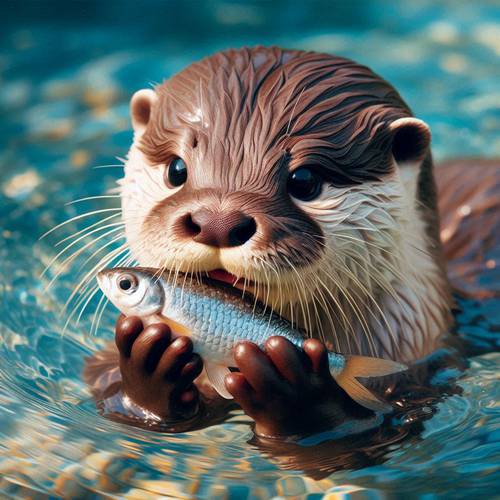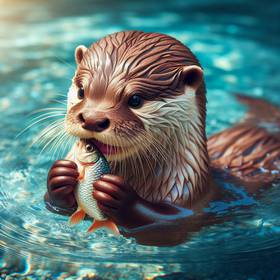Carnivorous Nature
Otters are fascinating carnivores with diverse and adaptable diets. They primarily consume fish, which makes up a significant portion of their diet. Additionally, they enjoy crustaceans like crabs and crayfish, shellfish such as clams and mussels, and even insects and amphibians. Their carnivorous nature ensures they get the necessary nutrients for survival. Otters use their sharp teeth and agile bodies to hunt and forage, showcasing their remarkable adaptability in various aquatic environments.
Nutritional Needs
Otters have specific nutritional needs to support their active lifestyles. They require a diet rich in protein and fat, primarily obtained from fish, crustaceans, and shellfish. These nutrients provide the energy necessary for swimming, hunting, and maintaining their thick fur, which insulates them in cold water. Additionally, otters need a variety of vitamins and minerals found in their diverse diet, including insects and amphibians. Meeting these nutritional needs is essential for their overall health and survival in the wild.



